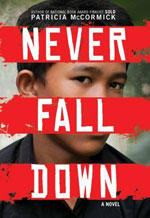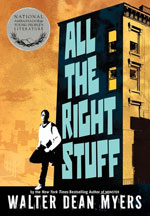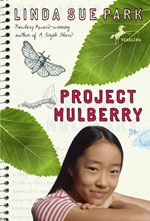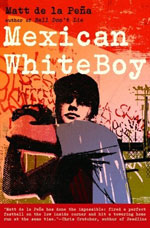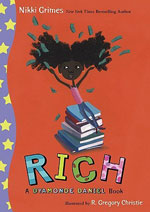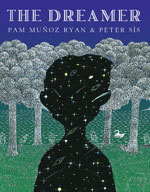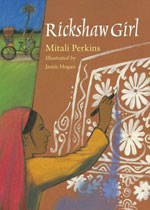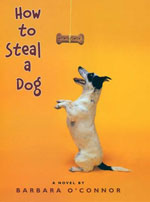 How to Steal a Dog by Barbara O’Connor is a quick and powerful story that realistically portrays the reality of homelessness.
How to Steal a Dog by Barbara O’Connor is a quick and powerful story that realistically portrays the reality of homelessness.
Georgina finds herself homeless when her father runs out, their family gets evicted and Georgina, her mom and her brother end up living in their car. But she sees a lost dog poster on a telephone pole and gets an idea—she’ll steal a dog and then claim the reward. An extreme situation prompts extreme action and Georgina makes some hard choices.
It’s not a happy-go-lucky story like the cover might make you think. The kid is homeless. She’s living in her car. She’s contemplating stealing someone’s dog and holding it hostage.
In short: It’s depressing.
Now the book isn’t a total downer (it is for children). It ends on a positive note. But it is rough, because being homeless is rough. Georgina faces it all, from struggling in school to losing friends to being ashamed of her dirty clothes and appearance. How to Steal a Dog shows how quickly things can fall apart and how homelessness is a reality for “regular” people.
